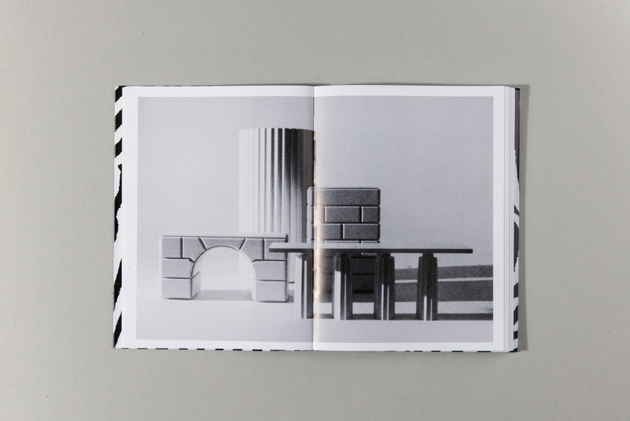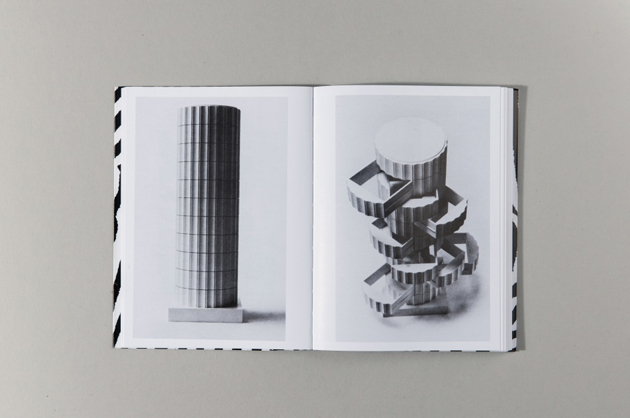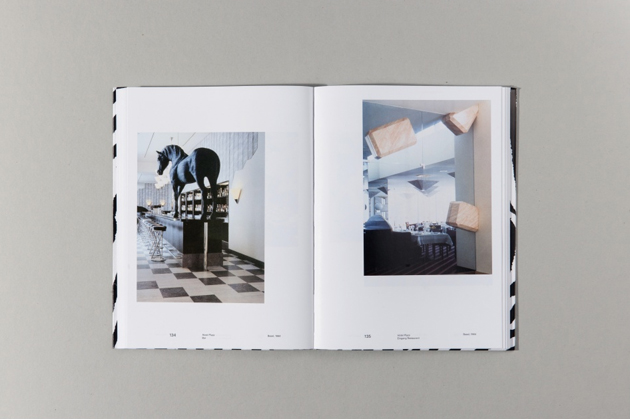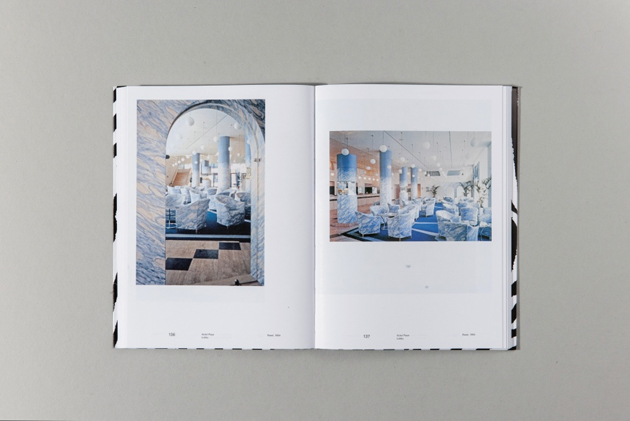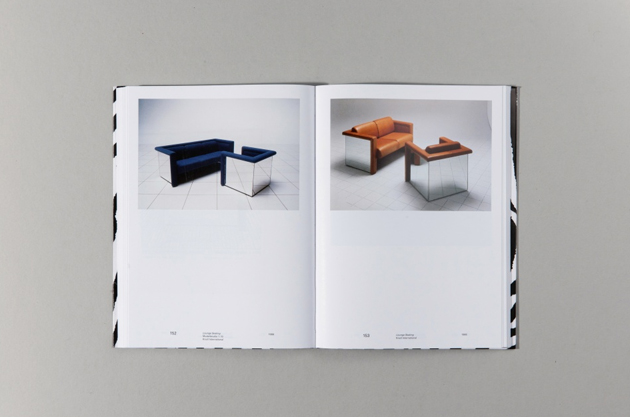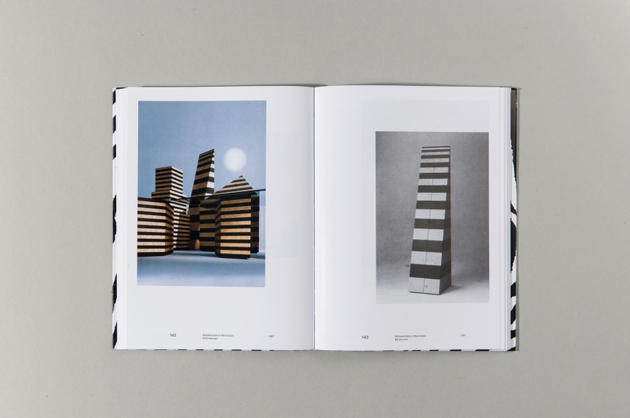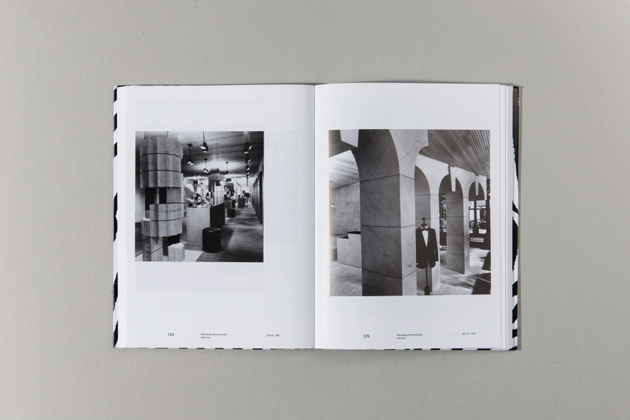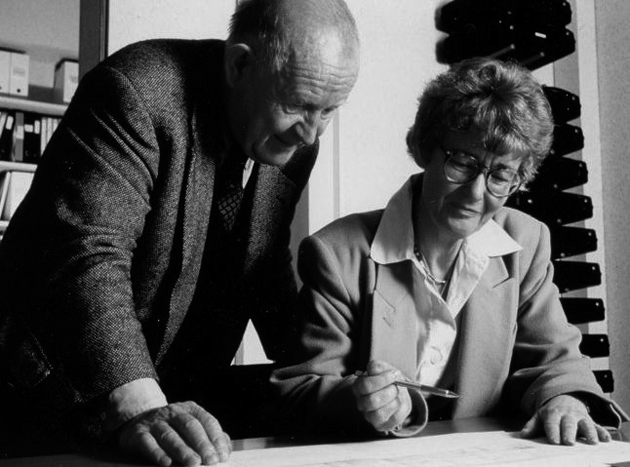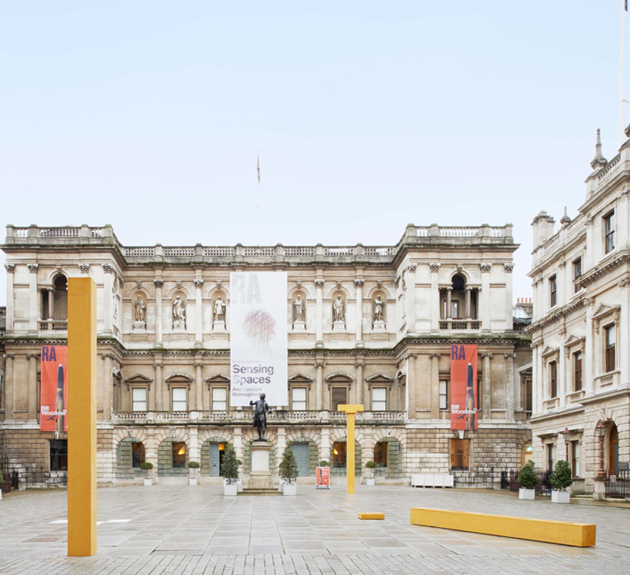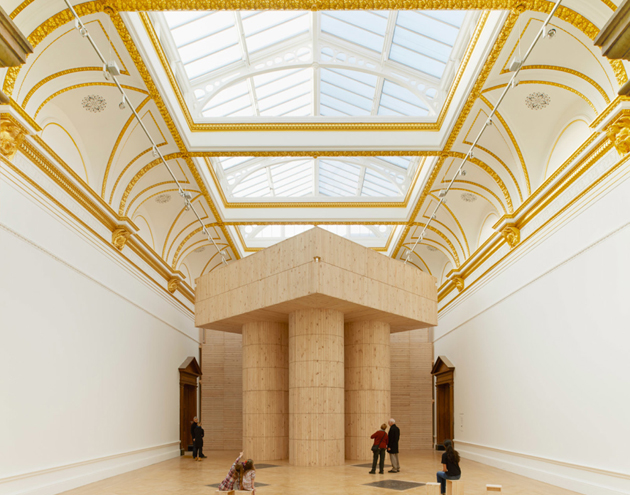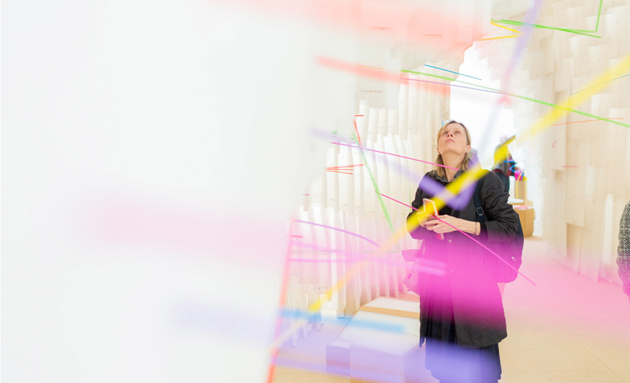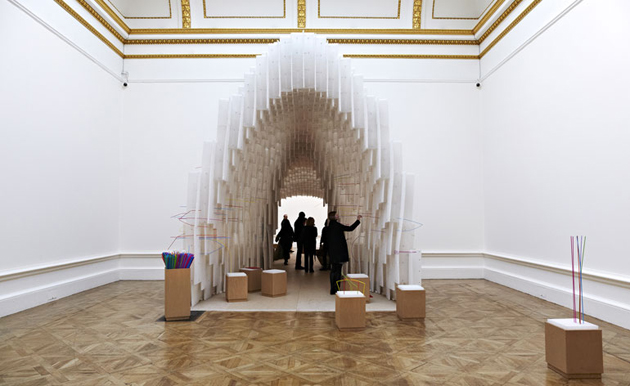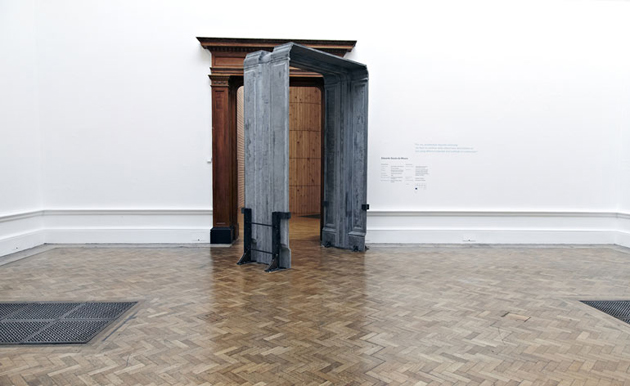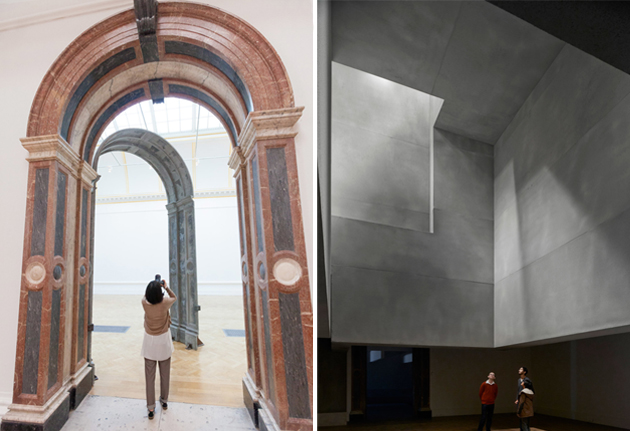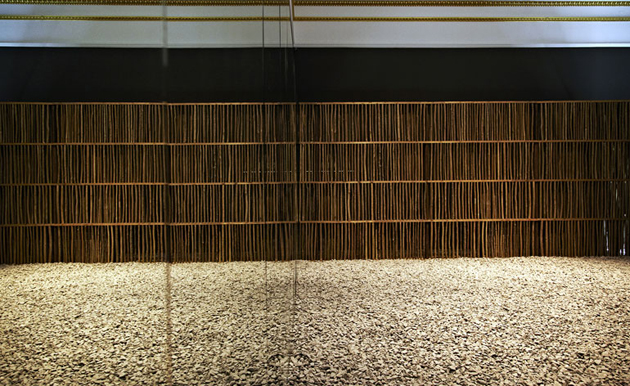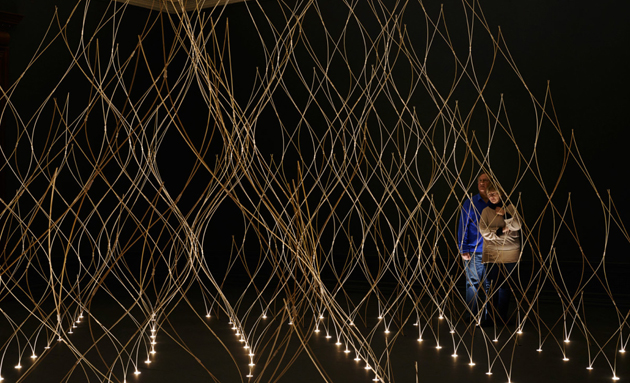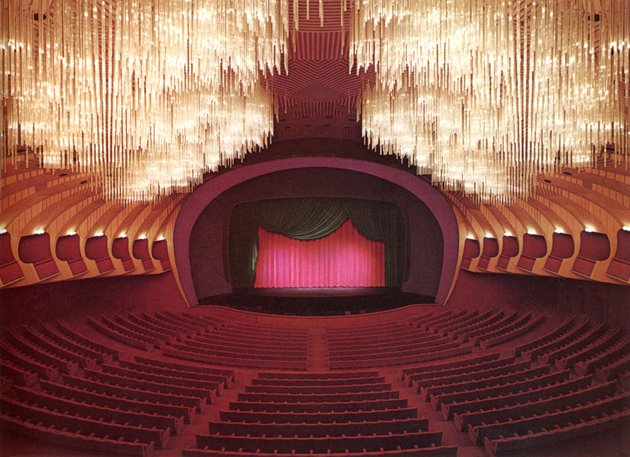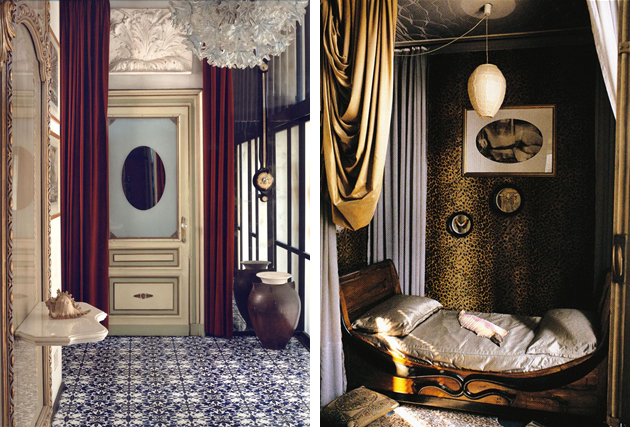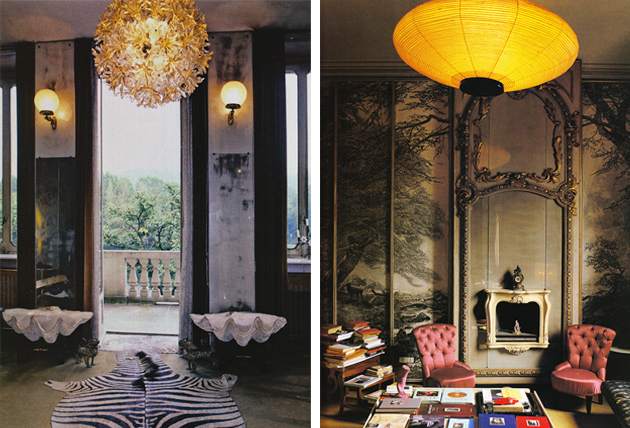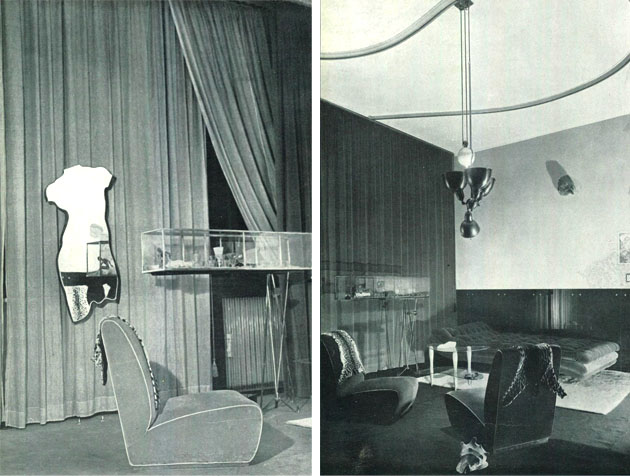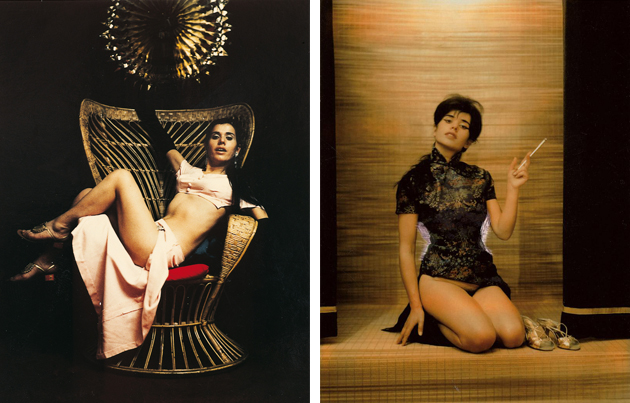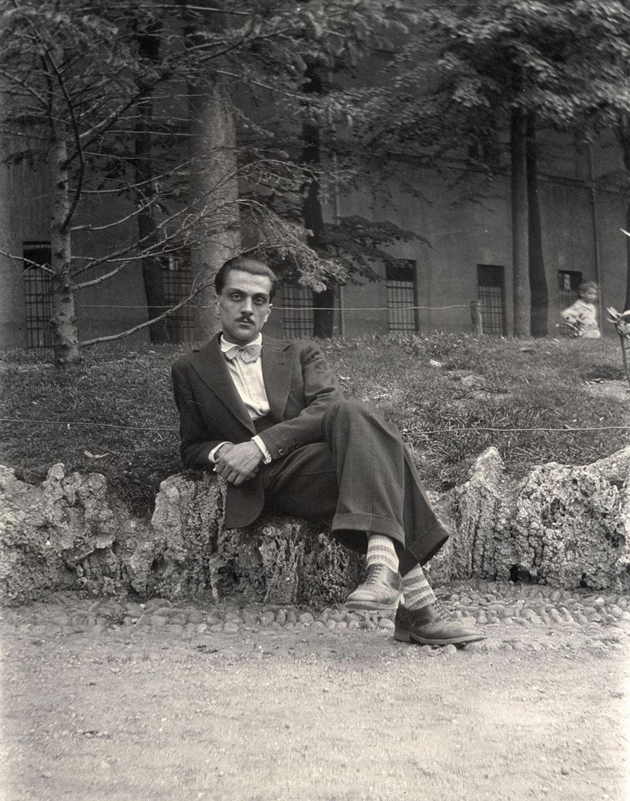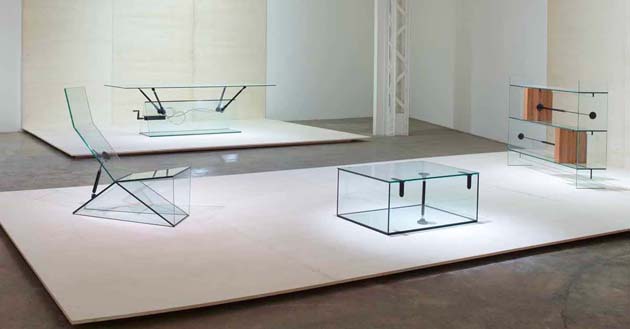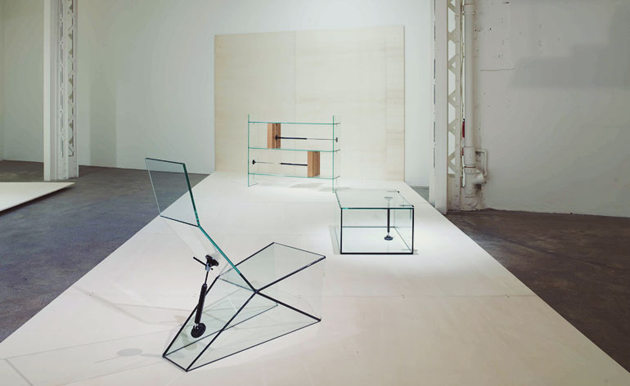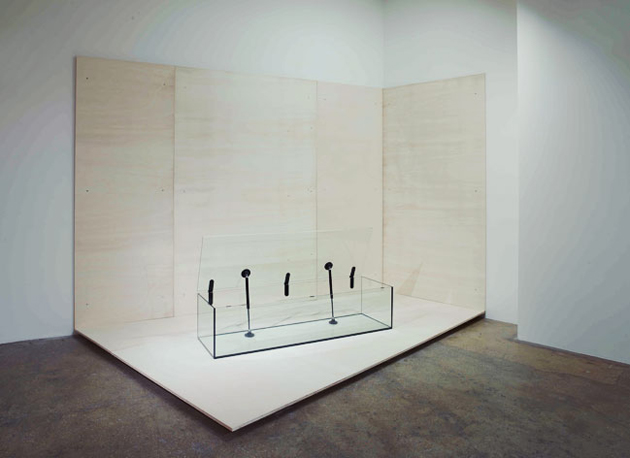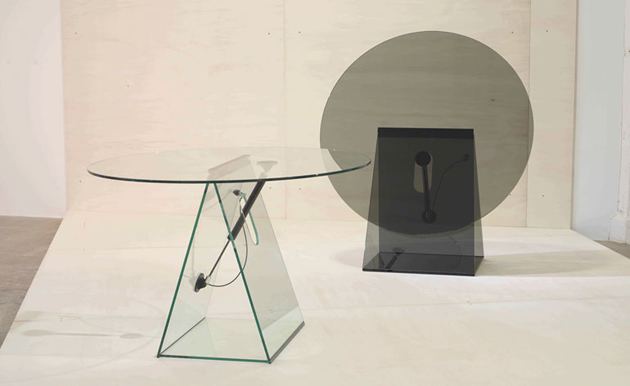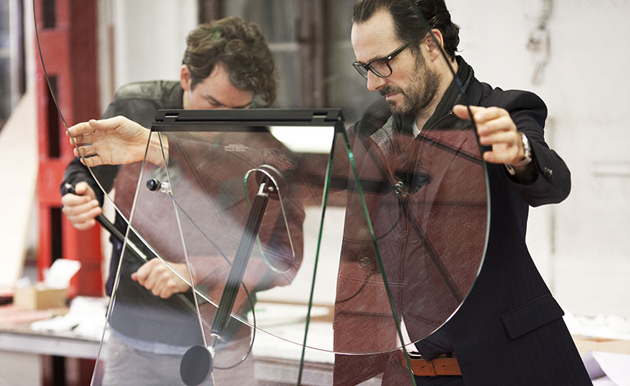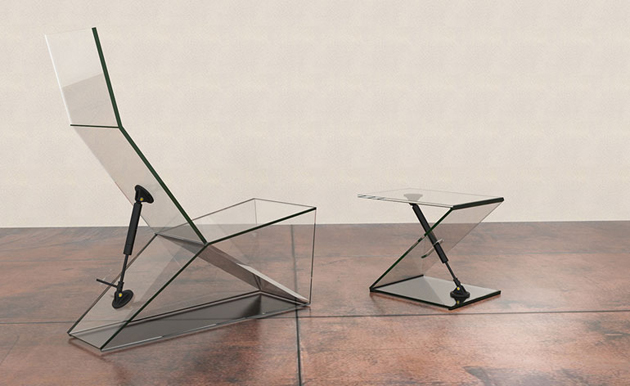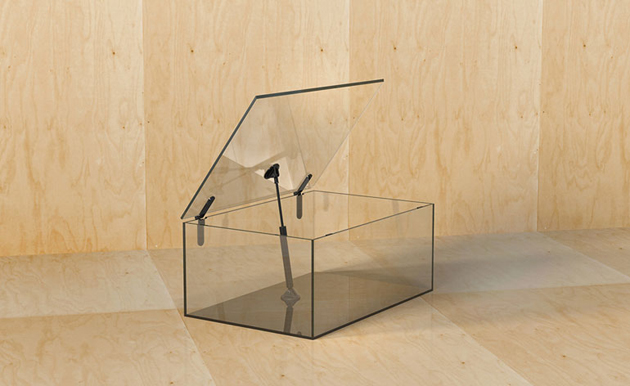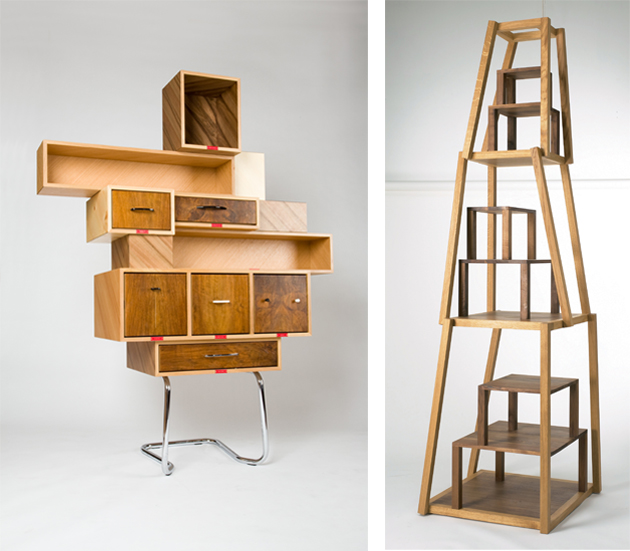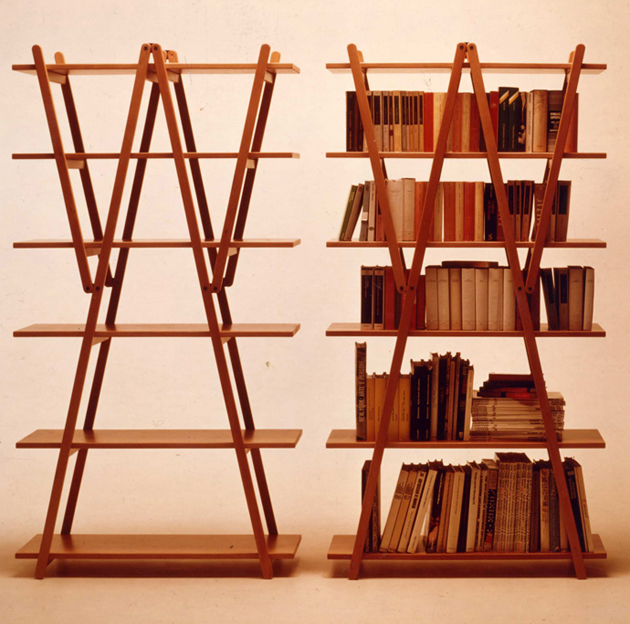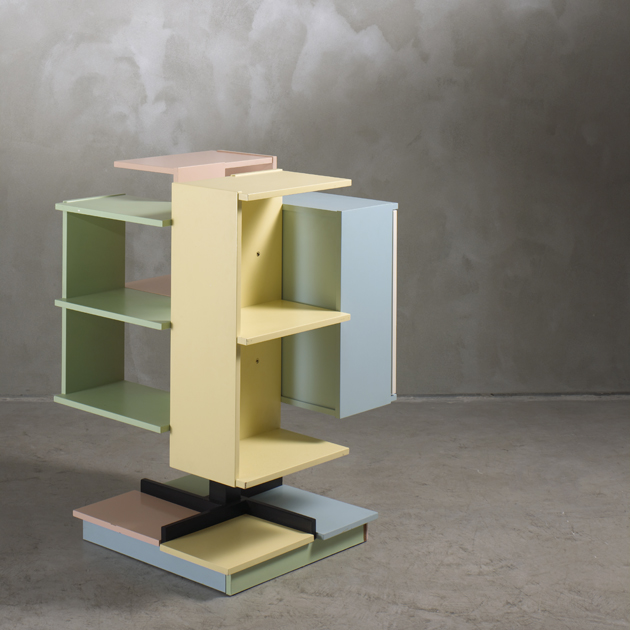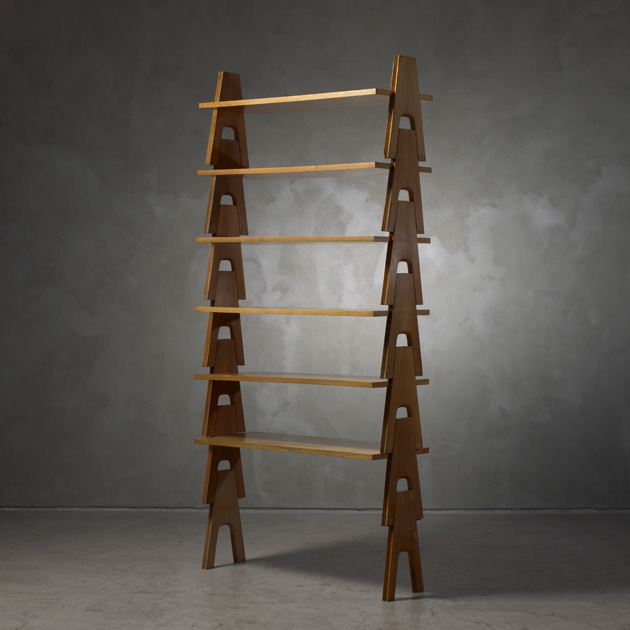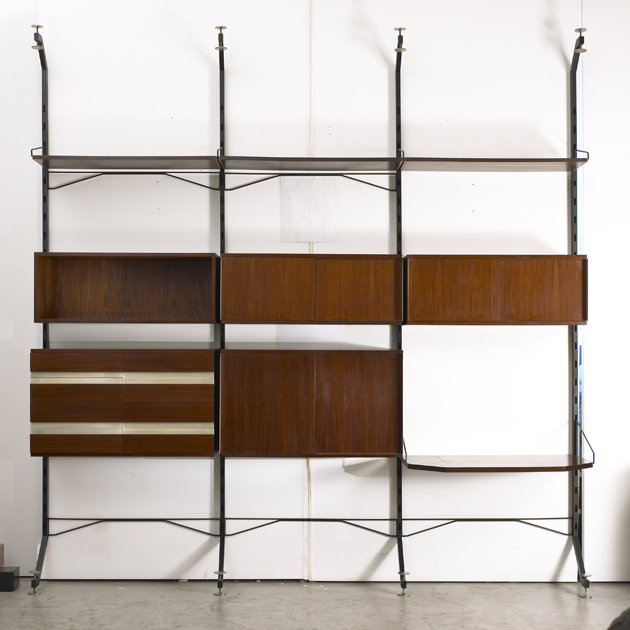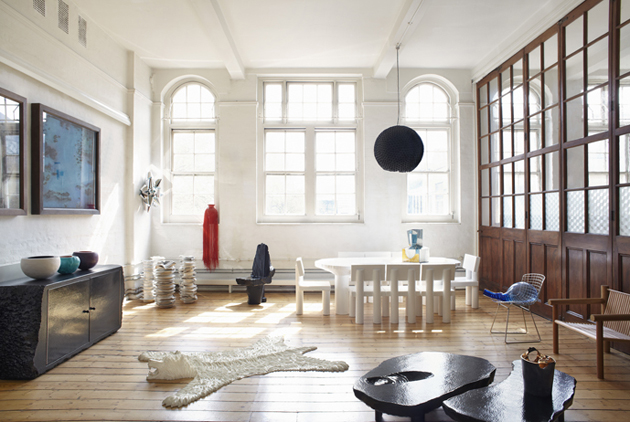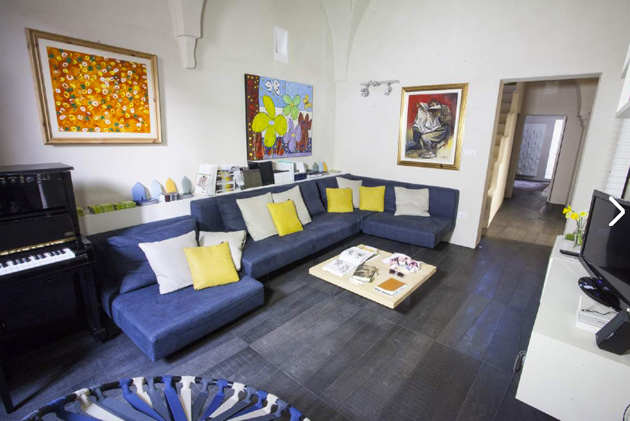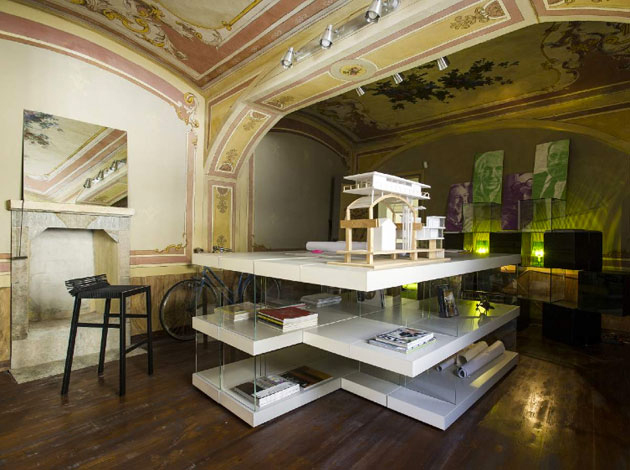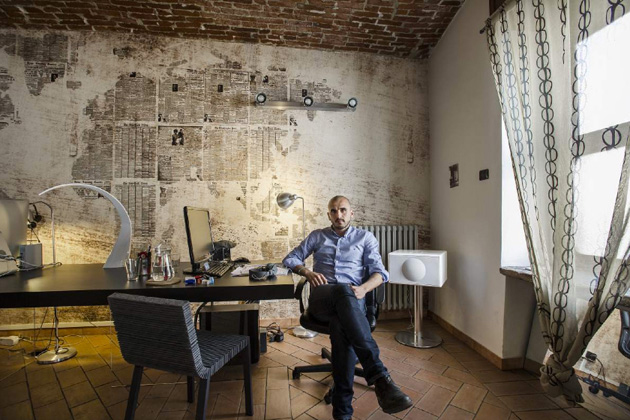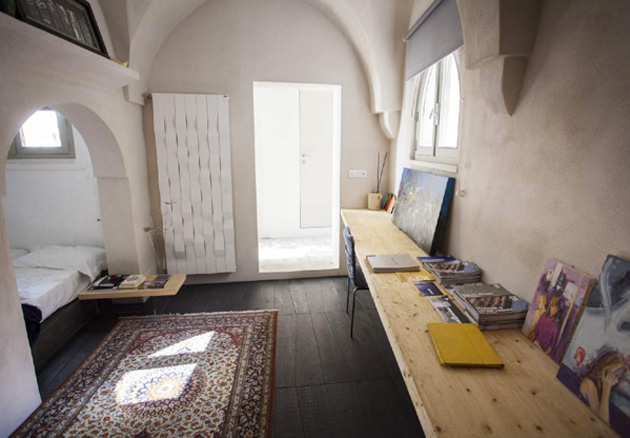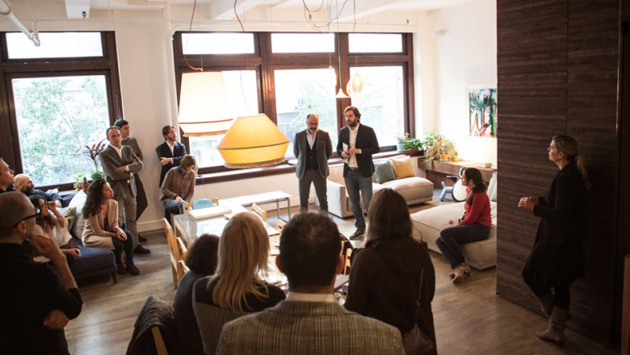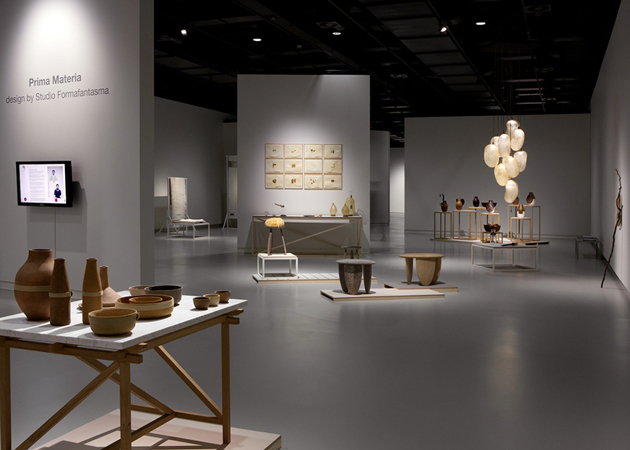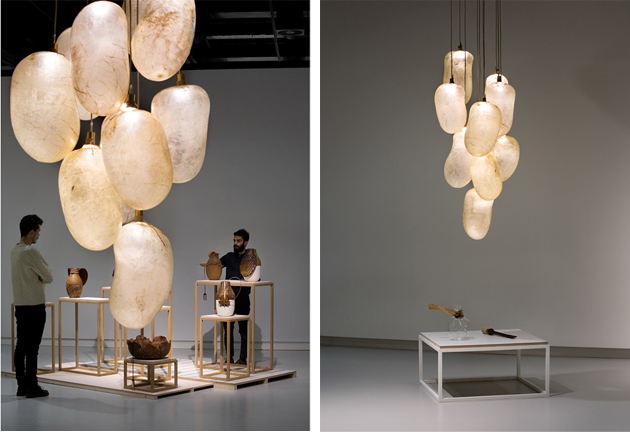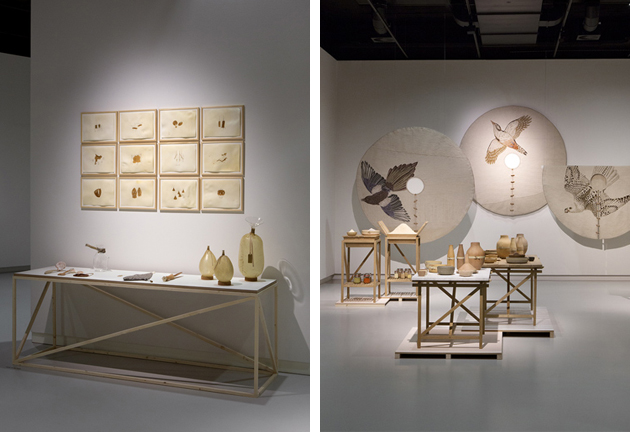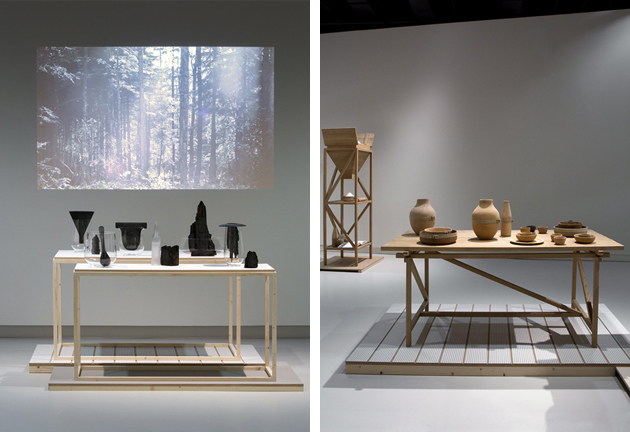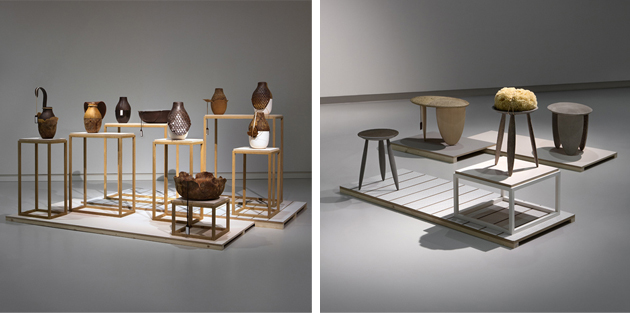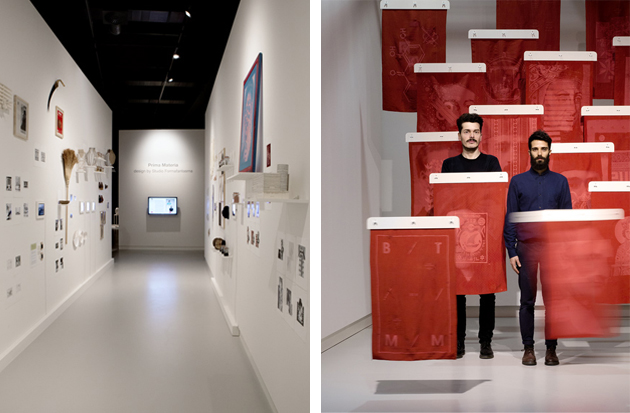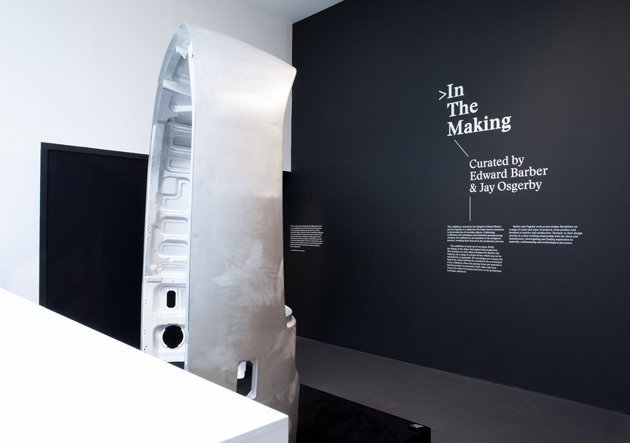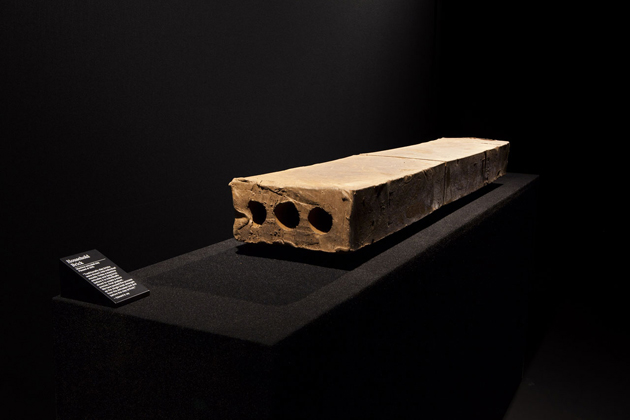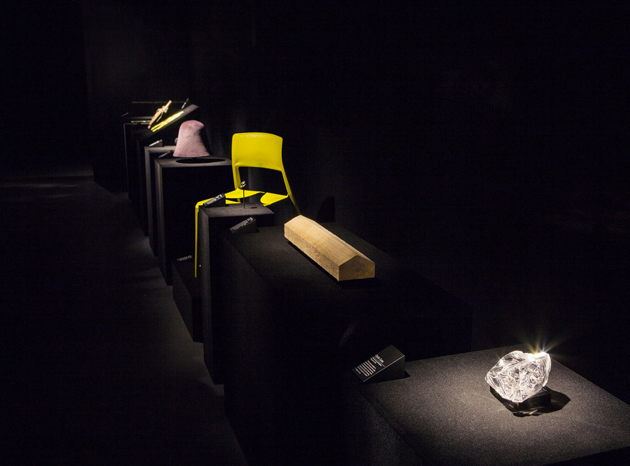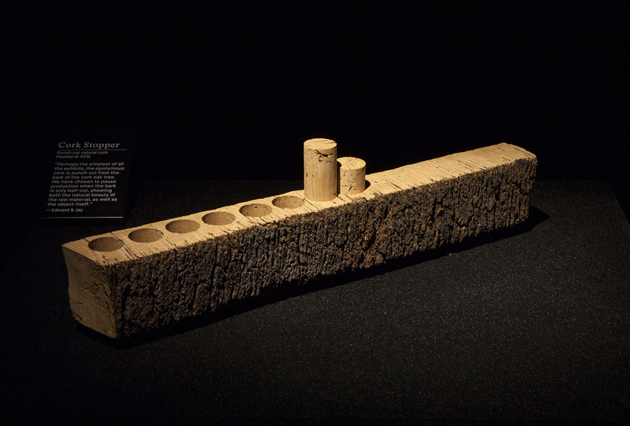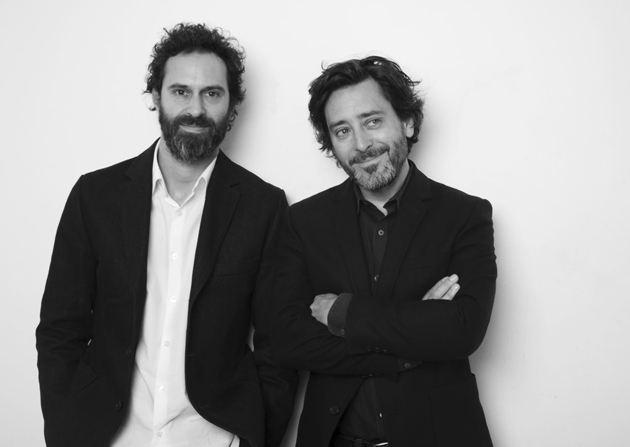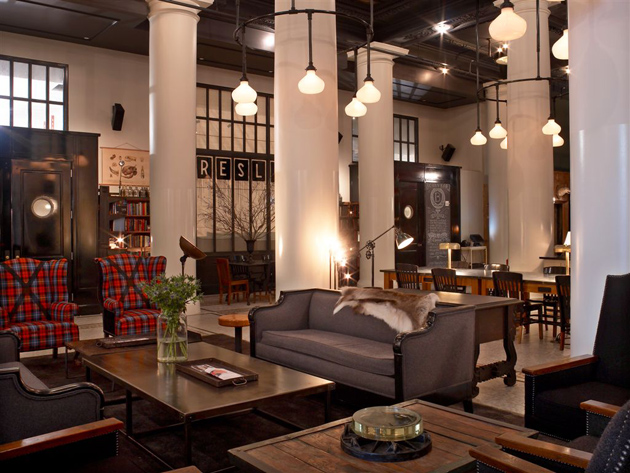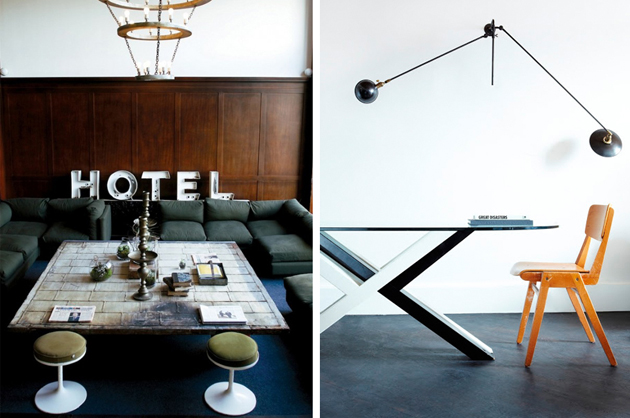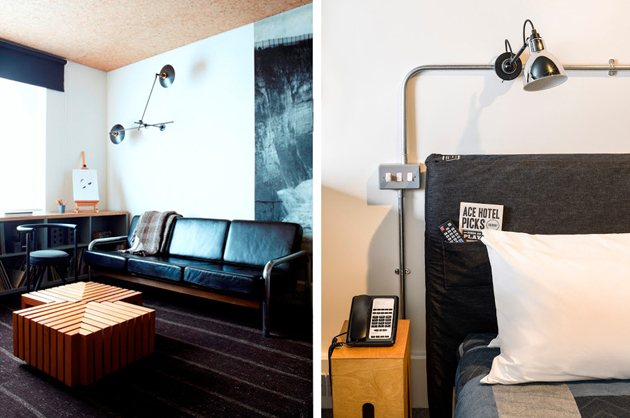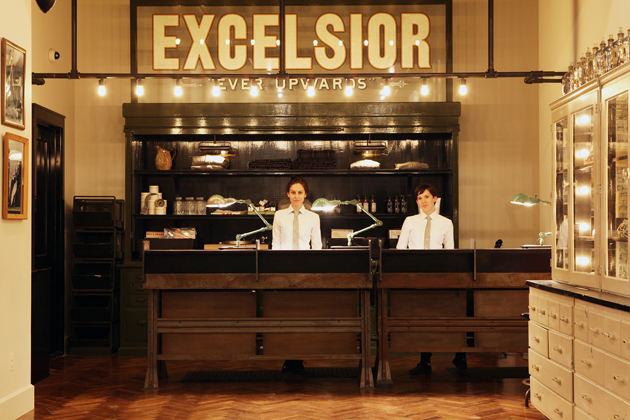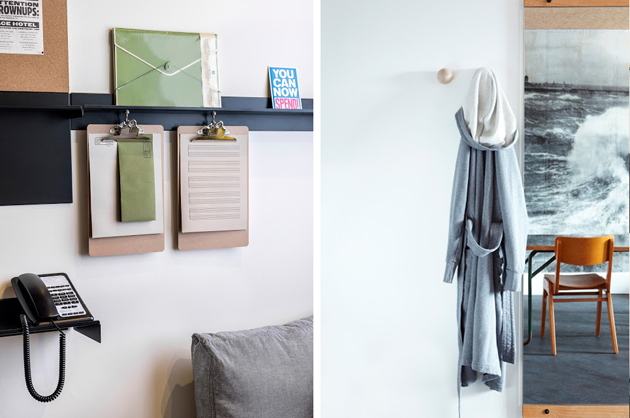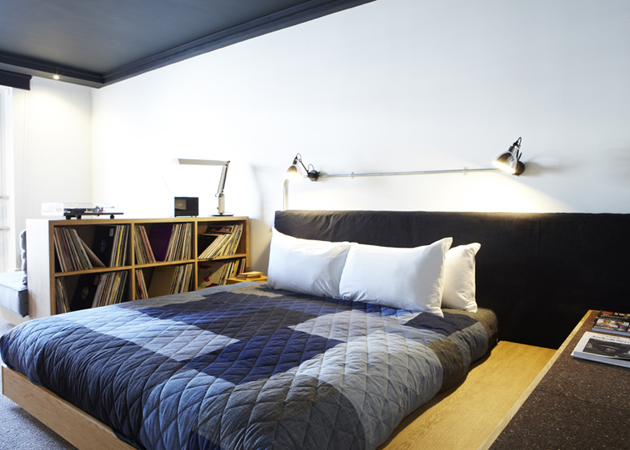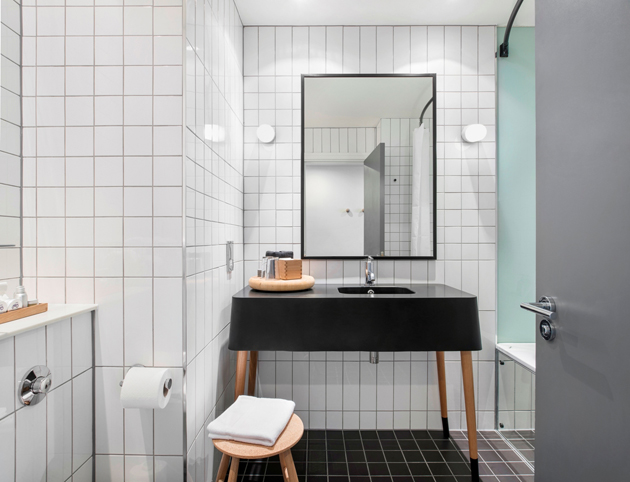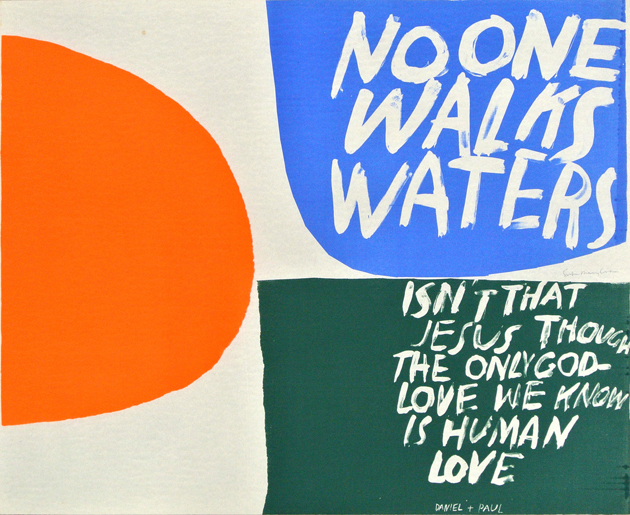
“Nothing is a mistake. There’s no win and no fail, there’s only make.”, wrote Sister Corita together with her students at the Immaculate Heart College back in 1967, summarizing, at the same time, the enthusiasm, passion, persistence and wit that has characterized her personal output though the years. Sister Corita Kent was born in 1918 as Frances Elizabeth Kent into an Irish-American Catholic family living in Iowa. At the age of five, she moved to Hollywood where she would later (at 18) enter the convent of the Immaculate Heart of Mary Religious Community.
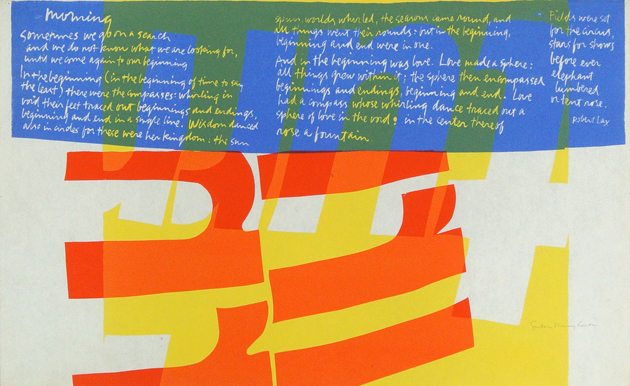
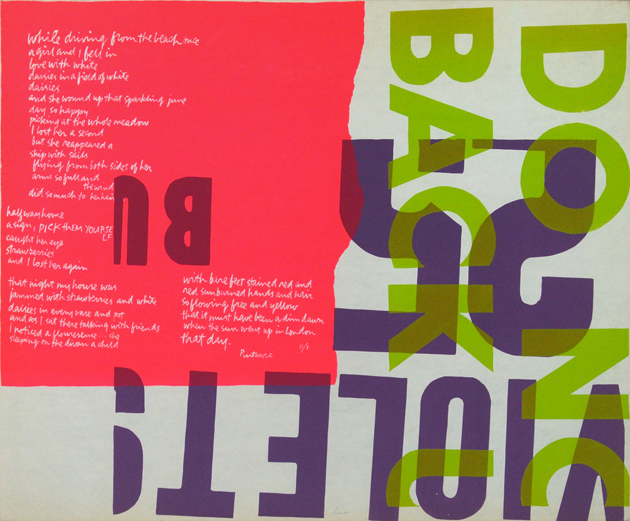
Upon entering the Community, Sister Corita met her mentor and fellow art entrepreneur Sister Meg, with whom she would later travel, teach and work for more than a decade, becoming a sort of an establishment for the local creative community, collaborating and exchanging ideas with personalities like Buckminster Fuller, John Cage, Peter Yates, Virgil Thomson, Josef von Sternberg, Alfred Hitchcock, Saul Bass, Daniel Berrigan and Charles and Ray Eames. While teaching at the Immaculate Heart College, Sister Corita would use a myriad of different and mostly unorthodox techniques in showing her students how to think and look at the surrounding world. Her idea was that art was on the streets and in the marketplace: those were the sources students were asked to draw inspiration from.
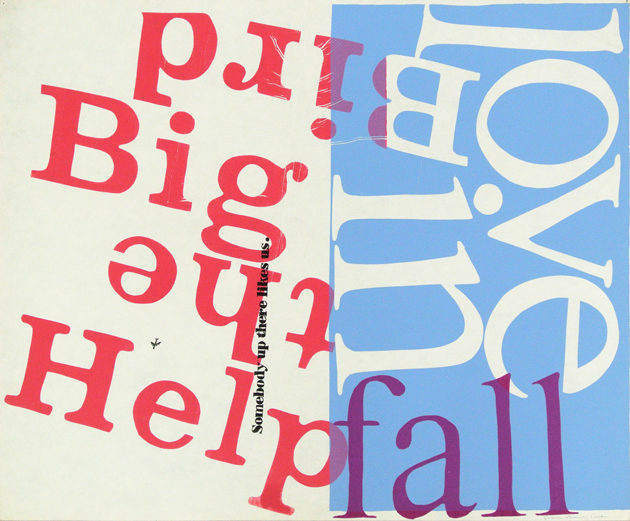
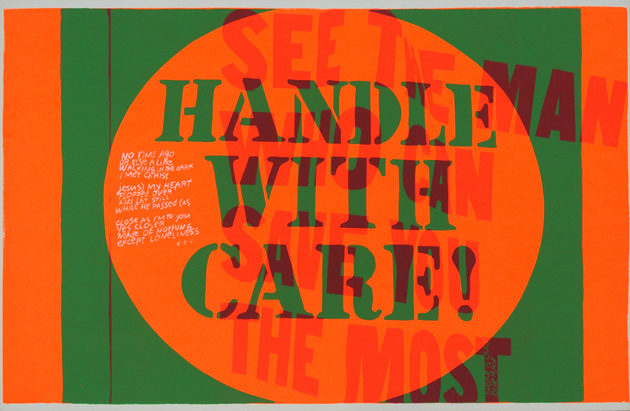
In fact, Sister Corita’s work itself was primarily focused on text and vibrant color, manipulated type and images appropriated from the newly burgeoning consumer culture of her era. Rather than using the trappings of materialism to point out its flaws, however, she would radically reframe the elements she extracted from advertising logos and signage by spatially manipulating the text. She would then add quotations from sources as diverse as the Bible, author and philosopher Albert Camus, poet Rainer Maria Rilke, and contemporary pop songs by the Beatles.
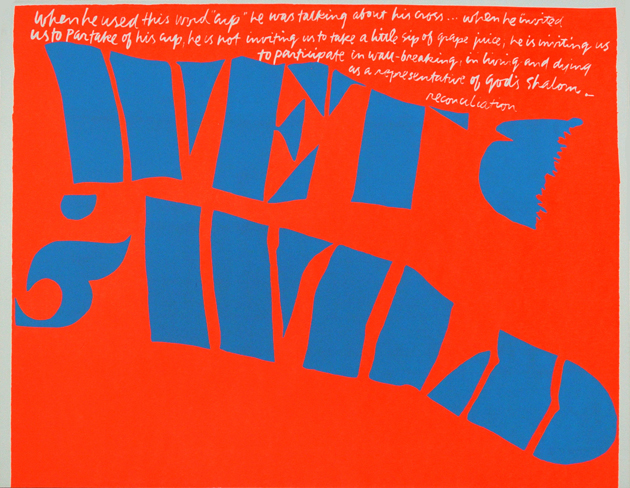
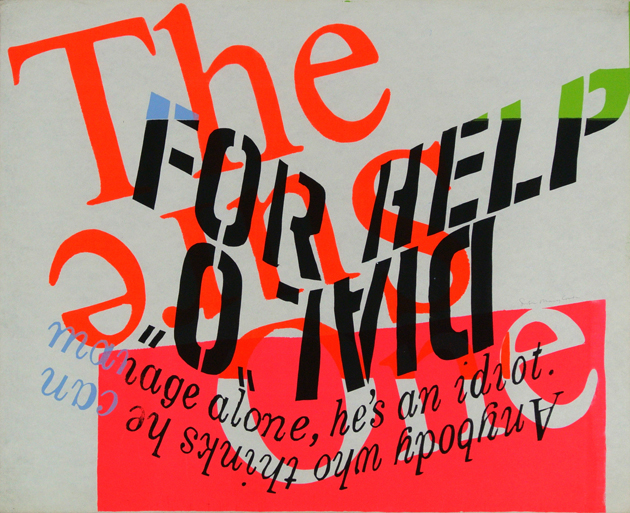
After leaving the religious community in 1968, Corita Kent’s work has nevertheless changed, turning into a more subtle, nuanced approach to art making. Currently, two different exhibitions are celebrating her work, one at the Circle Culture Gallery in Berlin, and the other at Galerie Allen in Paris. Both exhibitions aim at retracing the richness and variety of Sister Corita’s work, bringing to life her spirit of collaboration, renewal, positivity and joy, that many students, art workers and teachers could still benefit from today.
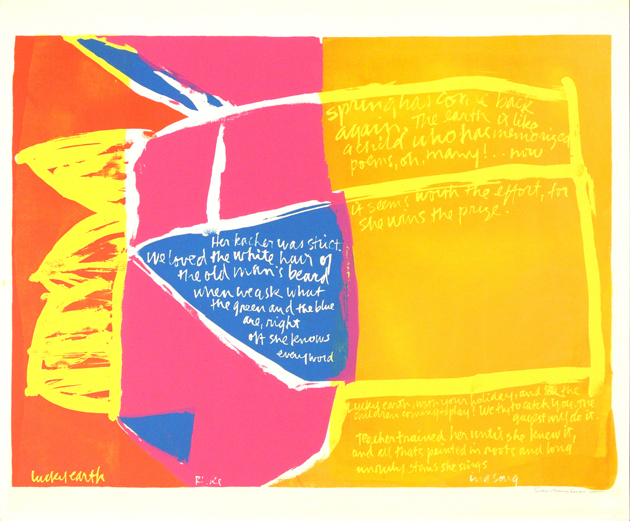
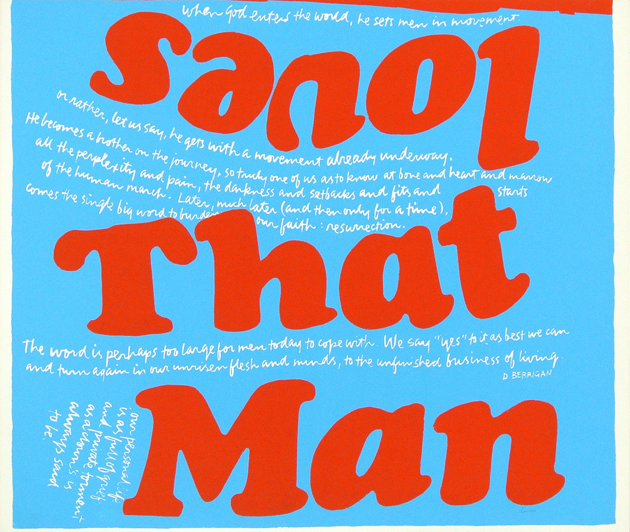
“Let the Sun Shine In – A Retrospective” will run until May 10th 2014 at Circle Culture Gallery in Berlin, while “But, There Is Only One Thing That Has Power” will run until April 19th at Galerie Allen in Paris.
Rujana Rebernjak